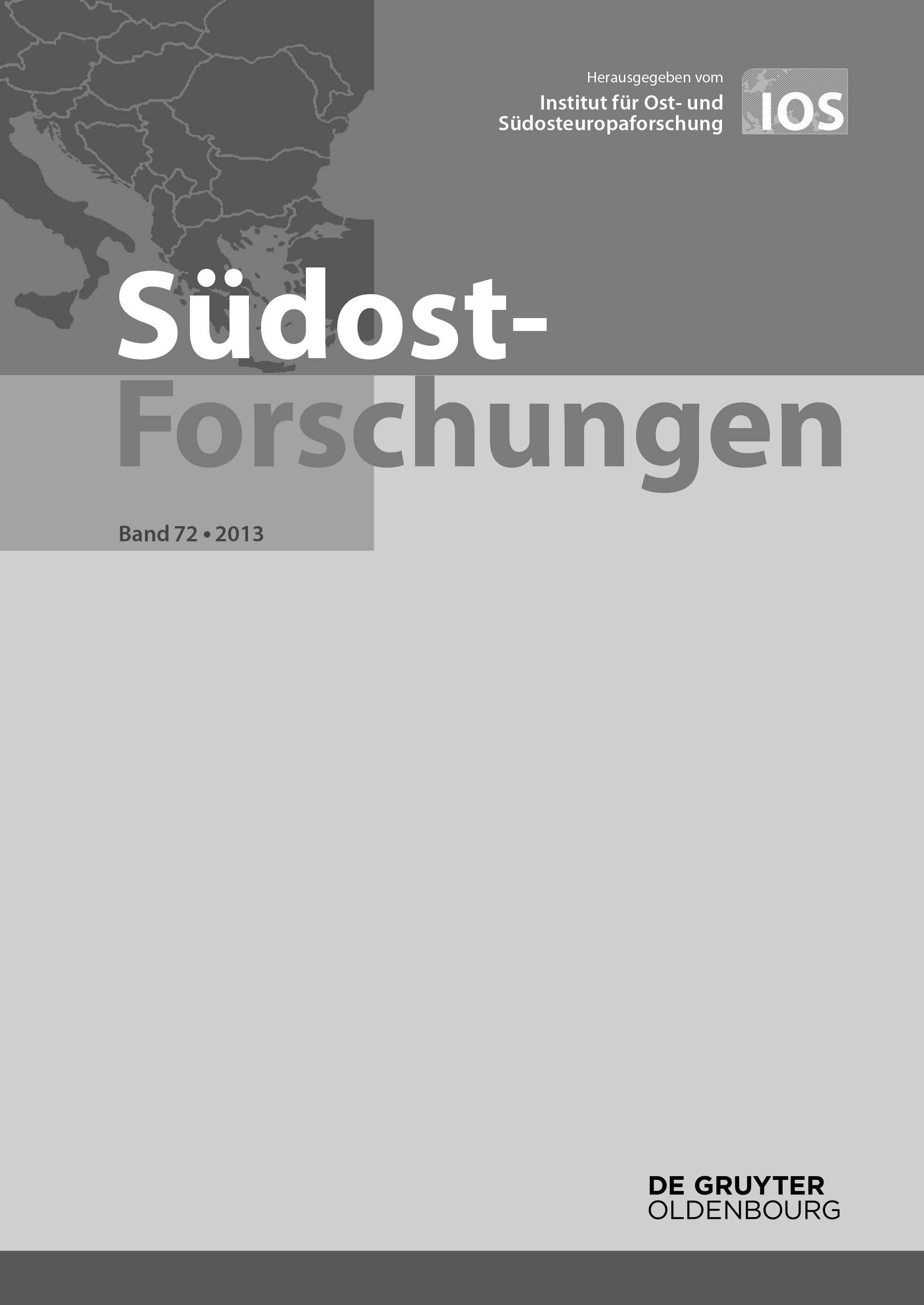Die orientalisierende Architektur als ein stilistischer Ausdruck des offiziellen Bauprogramms der k. u. k. bosnisch-herzegowinischen Landesregierung 1878-1918
The Orientalizing Architecture of Bosnia-Herzegovina as a Stylistic Expression of the Building Policy under the Imperial Austria-Hungarian Administration 1878-1918
Author(s): Alexander ZähSubject(s): Cultural history, Architecture, 19th Century, Pre-WW I & WW I (1900 -1919), Between Berlin Congress and WW I
Published by: De Gruyter Oldenbourg
Summary/Abstract: The orientalizing architecture of Bosnia-Herzegovina was part of the official building policy for this province under the Habsburg administration from 1878-1918. It was executed by a team of architects, members of the building department of the Bosnian-Herzegovinian “Landesregierung” (provincial administration) at Sarajevo. This introductory paper surveys and gives an overview of its most important monuments. It displays the building types and their functions and shows the distribution of this distinctive building style in the country, which became the last significant territorial acquisition of the Austro-Hungarian Empire following the official annexation of the province in 1908. The architectural style was clearly chosen by the administration for political reasons to underline the Islamic traditions and heritage of the country, to strengthen the local identity of its citizens and to support them with and artificial, new, often very pseudo-Islamic “genius loci”. It was also chosen as an answer in the field of the material culture against the pan-slavic movements of the time, which were especially active in this province. Other aspects were economically motivated, e.g. to create a pseudo-oriental impression as an attraction for visitors of the country to support the young, prospering tourism industry within the Habsburg Empire, promoting the identity of Bosnia-Herzegovina as a “near”, but still “oriental” and “new”, exotic travel destination within Austria-Hungary’s borders. Internationally the detected orientalistic building style is part of the architectural historicism and the many related “revival” styles that other European powers used in their colonial dominions in related contexts (e.g. the “Indo-saracenic” style of British-India). The downfall of the Austro-Hungarian monarchy ended this progressive architectural experiment, which would have corresponded very well with a reformed multicultural Empire in the sense of a proposed (and visionary) “United States of Greater Austria“. Most of the discussed monuments were recently declared national monuments of the young independent state of Bosnia and Herzegovina.
Journal: Südost-Forschungen
- Issue Year: 2013
- Issue No: 72
- Page Range: 63-97
- Page Count: 51
- Language: German
- Content File-PDF

